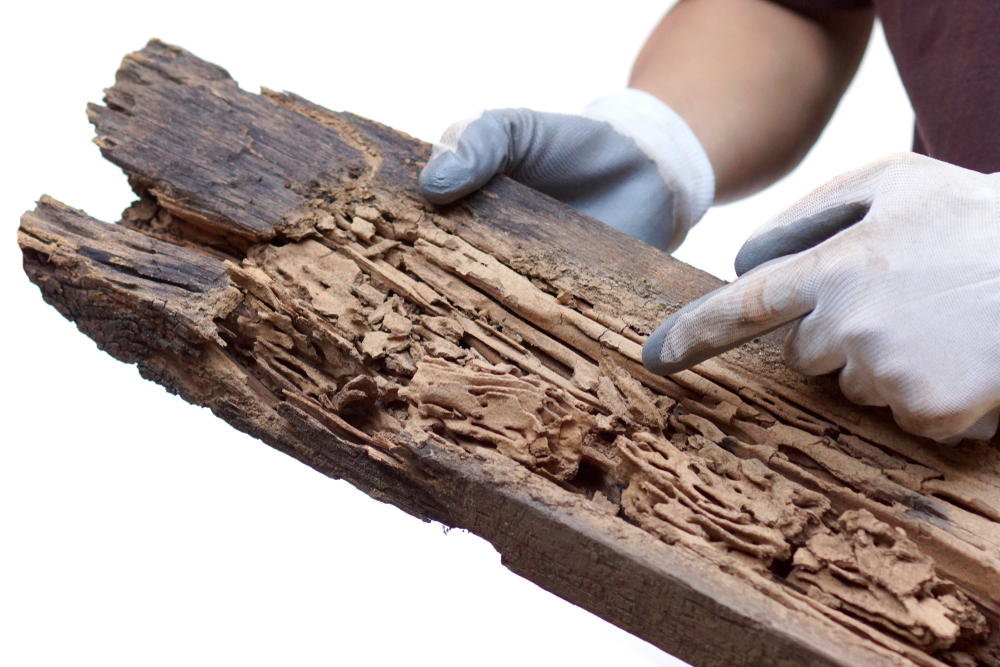Termites, also known colloquially as white ants, cause millions of dollars in damage each year to homes across Australia. They’re a problem in most parts of the country and in particular warmer, wetter areas. The Building Code of Australia (BCA) requires all new homes to have termite management solutions in place to deter and/or expose subterranean termite attack. This article looks at some methods of pre-construction termite management.
As you well know, it’s important to have a sound termite management plan in place to prevent the significant damage that termites can create. And it’s crucial to get it right so you can avoid a claim in termite management.
What is Pre-Construction Termite Management
Pre-construction termite management is intended to reduce the risk of undetected termite entry to the completed structure. To be in accordance with the BCA, pre-construction termite management systems must be able to last for the life expectancy of the structure as determined by the BCA – i.e., 50 years.
To be effective, all forms of termite management, both pre- and post-construction, must be maintained.
The minimum maintenance a system requires is regular inspections at intervals not greater than 12 months and more regularly where insect pressure is higher, or where visual inspection zones form the sole termite management system.
Steps In Pre-Construction Termite Management
There are many types of termite treatment that can be applied on building sites. Let’s go over some of the management systems used in pre-construction. (and while you’re at it, find out why pest control products are now safer.)

Treating the Soil
If the termite management system is to be a chemical treated zone it must be in accordance with Section 7 of AS3660.2-2014. It must be complete and continuous and applied in accordance with the Australian Pesticides and Veterinary Medicines Authority (APVMA) registered label.
Rapid Solutions strongly recommends that, where multiple chemical concentrations are given on the label, you use the strongest recommended concentration.
If you’re using chemicals to protect under a slab, or structure with areas that will be inaccessible when the structure is complete, the chemical must be replenished via a reticulation system (see Section 7 of AS3660.1-2014). This will assist in preventing undetected termite entry to the structure.
NOTE:
Chemical treatment cannot definitively stop termites entering the structure, but careful ongoing termite management from pre-construction onwards will assist greatly with keeping them at bay. This includes regular termite inspections and reports in accordance with the Standard at intervals appropriate for the area. Termite control is not a set and forget process.
Non-Liquid Termite Management Systems
There are other types of termite management systems. These range from physical installations that may be placed around service penetrations (pipes) or around the perimeter of the structure in areas where termites may attempt to gain undetected entry. They are designed to exclude termites.
Physical systems should comply with AS3660.3-2014 and be installed in accordance with the manufacturer’s installation instructions or manual.
Specialist training is normally necessary in order to be able to correctly install physical systems. The Standard also allows an inspection zone or slab edge exposure of not less than 75mm as a termite management system. Obviously, this is not intended to stop termites, but to be in association with regular termite inspections.
So, Who Can Do Pre-Construction Termite Management?
Only a licensed pest control professional should install pre-construction termite management systems. That said, there are different licence requirements in each of the different states of Australia. Just so we are clear, you need a licence to be able to set up termite treatments using termiticides. This is also true if you want to offer advice or report on termite treatments. Depending on your state these may be different to your current pest control licence.
You can find more information on the licensing laws for your state here.

Safety Measures to Help Avoid Future Termite Activity
Finally, tell your customer to help themselves avoid future termite attacks by following these steps:
- Keep drains and gutters clean to avoid leakage.
- Check that there are no blocked or broken pipes.
- Try to remove all moisture from sub-floors.
- Remove any wood from under or around buildings, especially if it has been in contact with water for some time.
- Fill any holes or cracks in foundations and the property structure so termites don’t have an easy way in.
- Have regular full termite inspections and reports done at intervals as recommended by your pest management professional. You can have other pest problems addressed at the same time for cost efficiency.
While we’re on the topic of keeping things safe, remember to take steps on an ongoing basis to keep you and your staff safe from WHS issues. Read our tips to avoid heat exhaustion and manual handling accidents.
Protecting Your Business Foundations with Insurance
No matter how well you do your job and how meticulously you use your systems and processes, mistakes can happen. Especially as you can’t always control what your employees do. This is why having general liability insurance and professional indemnity insurance that covers you financially for a wide range of mishaps is well worth it. It could very well save your business by covering costs if a customer decides to take legal action. Contact Rapid Solutions today to get your business covered properly or to renew or update your policies.

